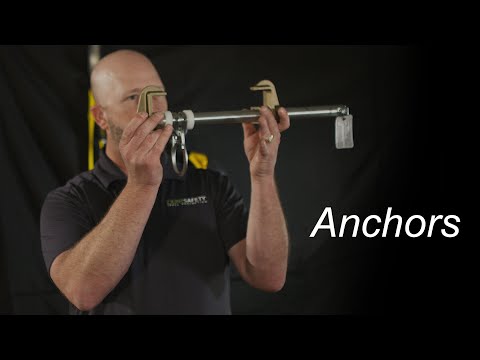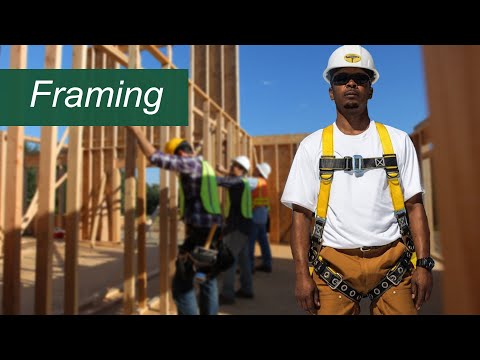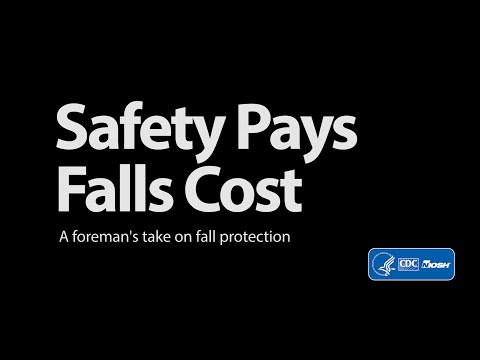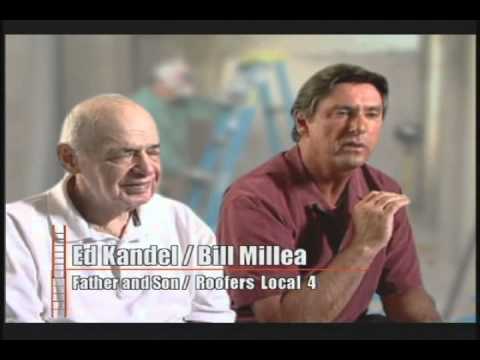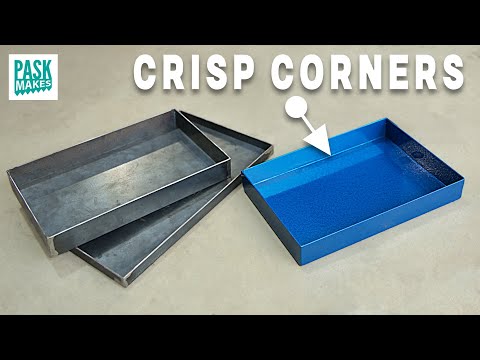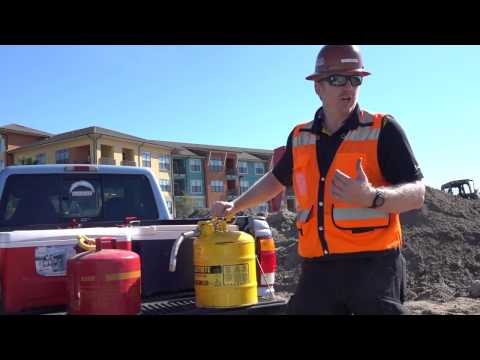"A truss is a pre-fabbed rafter and ceiling joist system in most cases, and what it does is it's engineered so it can use less wood than you would for a traditional rafter-style roof," explains Thomas Melendy, a safety consultant with Saif Corp.
It's really useful, especially for really common single-pitch or hip-style roofs. it is something that can be prefabbed on a production-style basis.
Doug Boehm, Training expert with Pure Asafety Fall Protection:
"The planning process is an aspect of fall protection that isn't related to equipment but to how we plan how we do the work. Changing mindset is critical.
One conversation I had with a gentleman was about flying trusses in. After we discussed the process, he said it would be dangerous to have a guy climb up through the latticework up to the ridge to install an anchor, and I completely agree.
He is right; that would be highly dangerous and unacceptable. However, before the trusses were vertical, they were lying down. Before they were lying down, they were on the ground and on the back of the delivery truck.
The anchorage and some of the equipment could have been installed on the ground, and then when the trusses were put up in place, it would already be there.
Again you're still installing the anchor, but you're doing it in a safer manner."
Dan Daley, Daley Construction Owner:
"The simplest way to stay safe is just to build it on the ground. That's not always viable for people who don't own a crane or who don't want to rent one, but that's option number one: build the roof on the ground, and then you don't have to tie it off, and you're not worried about gravity. You just pick it up and put it on top of the walls.
Another way of doing it that's more industry standard is that you would, for instance, get your gable truss and sheet it while it's down and then stand it brace it, and then roll a couple of trusses.
During that time, you're tieing off to the top plates, so you can't really go very far because you have a very limited radius. Once you have a certain amount of trusses rolled, then you can brace them so they're sturdy and can withstand the impact of a grown person falling and pulling on them.
Once they're braced and stood, then you can put your retractable up higher, and then you can roll your trusses.
We used to always walk the top plates and roll the trusses and bend down and put the blocks in. Now we work off of scissor lifts, and that puts the worker near plate height; but if the plate is actually mid-chest or stomach because he's on a scissor lift, and you can roll the trusses that way, and you have a nice platform to have all your blocks.
You could build scaffolding, but scaffolding has its own inherent pitfalls, too; you got to build it right"
